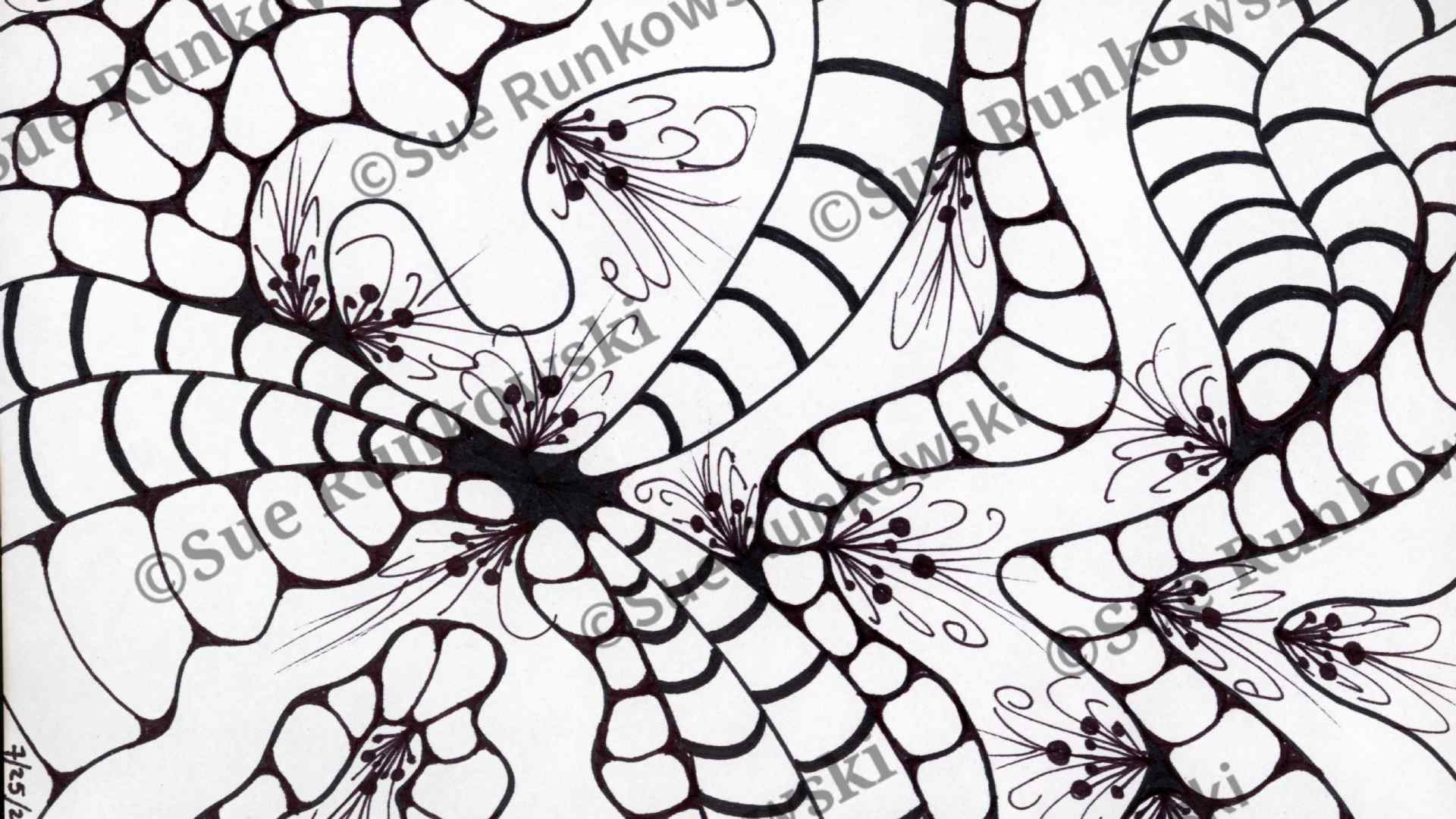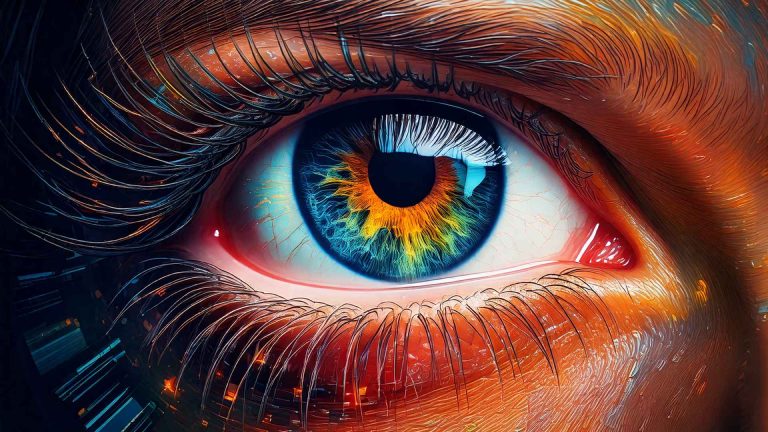Not a gallery, a creative playground
Read time 1 minute 30 seconds
n artist’s sketchbook is often misunderstood. Outsiders may flip through its pages expecting polished drawings, refined compositions, or glimpses of gallery-ready masterpieces. But the true essence of a sketchbook is not in its presentation—it’s in its play. A sketchbook is not a gallery; it is a playground.
Unlike a gallery, which is curated and designed to showcase finished works for public viewing, a sketchbook is deeply personal and experimental. It’s where mistakes are welcome, lines are free to wander, and imagination roams unfiltered. In a sketchbook, the pressure to impress disappears. Artists can explore ideas without judgment, sketch without precision, and make room for spontaneity. It’s a space for freedom, not perfection.
In this playground, an artist tests limits. They may try a new style, study anatomy, or scribble nonsense just to see what comes of it. A single page might contain half-finished concepts, random words, or notes to self. There is no obligation to complete or refine—only to explore. Just like a child in a playground doesn’t worry about playing the “right” way, an artist doesn’t worry about rules in their sketchbook. They swing from concept to concept, slide into abstraction, and tumble through ideas.
This raw, unpolished energy is essential. Many great works begin in the mess of a sketchbook—not as fully formed visions, but as awkward attempts, quick thumbnails, or offbeat doodles. These moments of play often lead to unexpected discoveries. In the absence of pressure, true creativity thrives.

Moreover, the sketchbook holds the artist’s thought process. It’s not a static collection of images, but a living document of growth, exploration, and change. It shows where an idea started, how it shifted, and what it might become. Unlike a gallery that celebrates the end result, a sketchbook celebrates the journey.
To judge a sketchbook by its neatness is to miss its purpose. Its value lies not in aesthetic perfection but in fearless experimentation. It’s where the artist has permission to fail, to dream, and to play—again and again.
So next time you see an artist’s sketchbook, don’t expect a gallery. Expect a playground. A place where creativity jumps the fence and runs wild.



